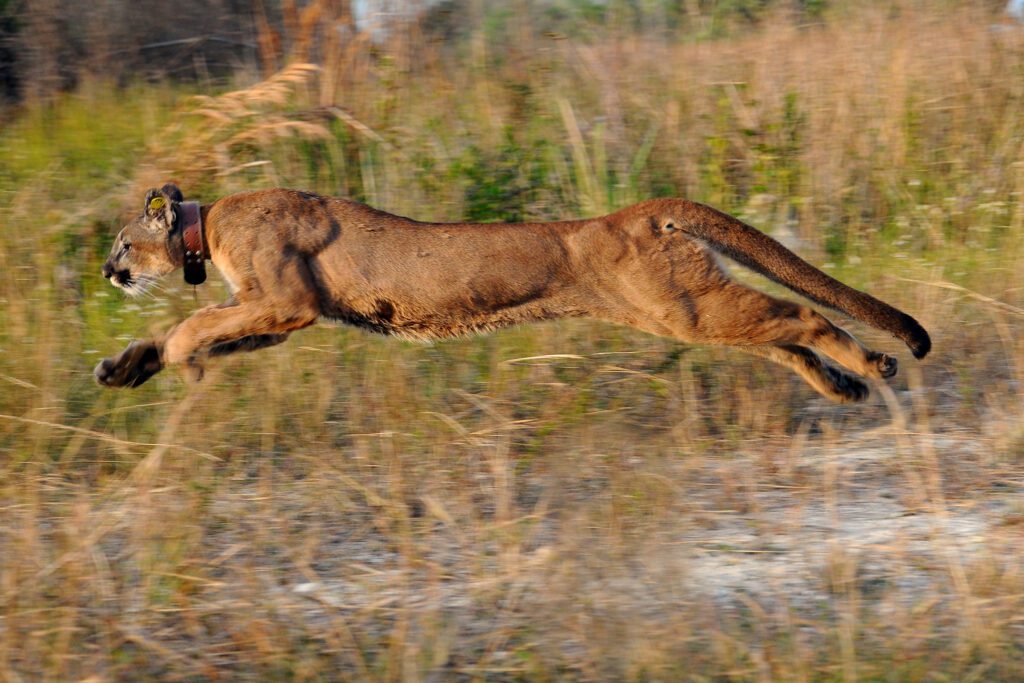Two-year study reveals some panther attack habits on cattle ranches
A recently completed study on the interaction of Florida panthers and cattle ranches shows that the frequency of big-cat attacks on calves depends on location and landscape.
The two-year study was conducted by a University of Florida master’s student, Caitlin Jacobs, and funded by the U.S. Fish and Wildlife Services, the Florida Fish and Wildlife Conservation Commission, and Defenders of Wildlife.
According to the UF/IFAS news department, Jacobs tagged over 400 calves with radio-transmitters at two separate cattle ranches, JB Ranch and Immokalee Ranch. Jacobs, along with UF/IFAS Livestock Extension Agent Lindsey Wiggins and the participating ranchers, examined every death of a tagged calf to deduce the cause. Most often, a panther attack was distinguishable by bite marks on the front or back of the calf’s neck.
They found that one ranch lost 10 calves per year to panthers, which comes to about five percent of the herd. The other ranch lost half a percent of its herd per year to the same predator. Both ranches lost calves to other causes of death besides panthers. Some other natural predators on the ranch include coyotes, bears, and vultures.
Jacobs deduced that certain landscape features, including open spaces and surrounding wooded areas, have to do with the varying rates of panther attacks. The Florida panther is an endangered species and dwindled down to the brink of extinction in the ’90s. Conservation efforts have since raised the number of Florida panthers, but they hover around 160 according to The Nature Conservancy.
Florida panthers are currently suffering from a lack of habitat, and the diversity of cattle ranch lands aids in the survival of their species. According to various conservation agencies, Florida panthers are territorial and need wide areas to roam. The Florida panther population in South Florida is the only known breeding group for the species.
As of now, the relationship between Florida Panther conservation efforts and cattle ranch operations is minimal. Jacobs hopes her study can help spark a policy discussion between the two groups. One such policy might be to pay ranch operations to maintain Florida panther habitats, which is often a mixed landscape of forests, wetlands, prairies, and pastures. Jacobs’ study will be published later this year.
CREDITS
story by KELSEY TRESSLER
photo by TIM DONOVAN

